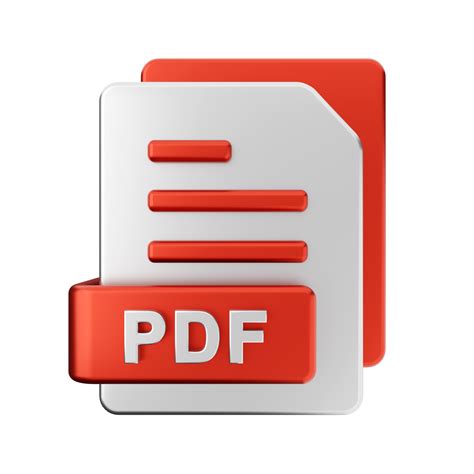Photo resist etching
 Wafer through-hole interconnections with high vertical …)
WebPhotoresists, Ancillaries, Etchants, Solvents, and Technical Support for all Stages of MicroStructuring and Lithography A photoresist (also known simply as a resist) is a light-sensitive material used in several processes, such as photolithography and photoengraving, to form a patterned coating on a surface. This process is crucial in the electronic industry. The process begins by coating a substrate with a light-sensitive … See more Positive: light will weaken the resist, and create a hole Negative: light will toughen the resist and create an etch resistant mask. To explain this in graphical form you may have a graph on Log … See more Based on the chemical structure of photoresists, they can be classified into three types: photopolymeric, photodecomposing, … See more Physical, chemical and optical properties of photoresists influence their selection for different processes. The primary properties of the photoresist are resolution capability, process dose and focus latitudes required for curing, and resistance to reactive ion etching. … See more Microcontact printing Microcontact printing was described by Whitesides Group in 1993. Generally, in this techniques, an elastomeric stamp is used to generate … See more Absorption at UV and shorter wavelengths In lithography, decreasing the wavelength of light source is the most efficient way to achieve higher … See more Photoresists used in production for DUV and shorter wavelengths require the use of chemical amplification to increase the sensitivity to the … See more DNQ-Novolac photoresist One very common positive photoresist used with the I, G and H-lines from a mercury-vapor lamp … See more
Photo resist etching
Did you know?
WebPhoto etching is a widely known technique for producing precise and detailed metal parts with minimal product waste. It uses light-sensitive material, photolithography, and etching … Web1 pt. Q. What is the purpose of developing in the etching process? To remove the exposed photoresist from the substrate. To add a layer of material onto the substrate. To measure …
WebJan 5, 2024 · In the outer layer etching process, the tin plating acts as the etch resist. Whereas, in the inner layer, the photoresist is the etch resist. PCB etching can be done using two methods known as wet etching and dry etching. Check the manufacturability of your circuit design using the Better DFM tool. WebUsed in a wide range of products by electronics manufacturers, Kayaku Advanced Materials sustainable solutions delivers value through our reliability, expertise and experience. …
WebPhoto Resist PCB Engineering Report Sheet 20 7.去干膜 ( Strip Resist) 8.黑化(Oxide Coating) PCB Engineering Report Sheet PCB Engineering Report Sheet 37 Etching Line PCB Engineering Report Sheet 38 Automatic S/M Printing Line Fra Baidu bibliotek Automatic Exposure Machine PCB Engineering Report Sheet 9 ETCHING 5 6 Webdeveloper solution. The resist pattern depends on the photomask pattern and the polarity of resist. Positive photoresist responds to the light in such a way as to make the exposed regions dissolve more quickly during the development process. In other words, the unexposed regions of the resist will remain unchanged. Negative photoresist responds to
WebTypically for professional PCB work the photoresist is a dry film that is applied, not sprayed or poured on, and is a negative photoresist. The liquid stuff has a shorter storage life, may …
WebPhotoetching metal is simple AND FUN! Etching can be used for printing processes, as an artifact of art, or for roller print embellishment. It involves a mordant (acid) to etch an image onto metal and a resist to repel the mordant. A resist can take many forms: plastic, vinyl, marking pens, duct tape, nail polish, etc. on with kara swisher podcastWebOct 1, 2005 · The thinner photo resists may not have enough photo-resist etching resistance. The hard mask processes are, therefore, introduced to address the photo resist thinning issue. However, for both photo resist and hard mask processes applied in high aspect ratio (>20) contact etching, profile bowing is almost inevitable. iotx buy or sellon with life ankeny iowaWebScienceDirect.com Science, health and medical journals, full text ... iotw report is it reliableWeb1 pt. Q. What is the purpose of developing in the etching process? To remove the exposed photoresist from the substrate. To add a layer of material onto the substrate. To measure the thickness of the substrate. To protect the areas … iotw report media biasWebMay 11, 2024 · This letter proposes a method for utilizing a positive photoresist, Shipley 1805, as a sacrificial layer for sub-180 °C fabrication process flows. In the proposed process, the sacrificial layer is etched at the end to release the structures using a relatively fast wet-etching technique employing resist remover and a critical point dryer (CPD). This … on with lifeWebGenerally 1165 resist stripper is effective at removing the S-series resists, even after baking or hardening due to a plasma etch. Heat some 1165 to 90°C and leave your samples in there for 5... on with life ankeny iowa hours